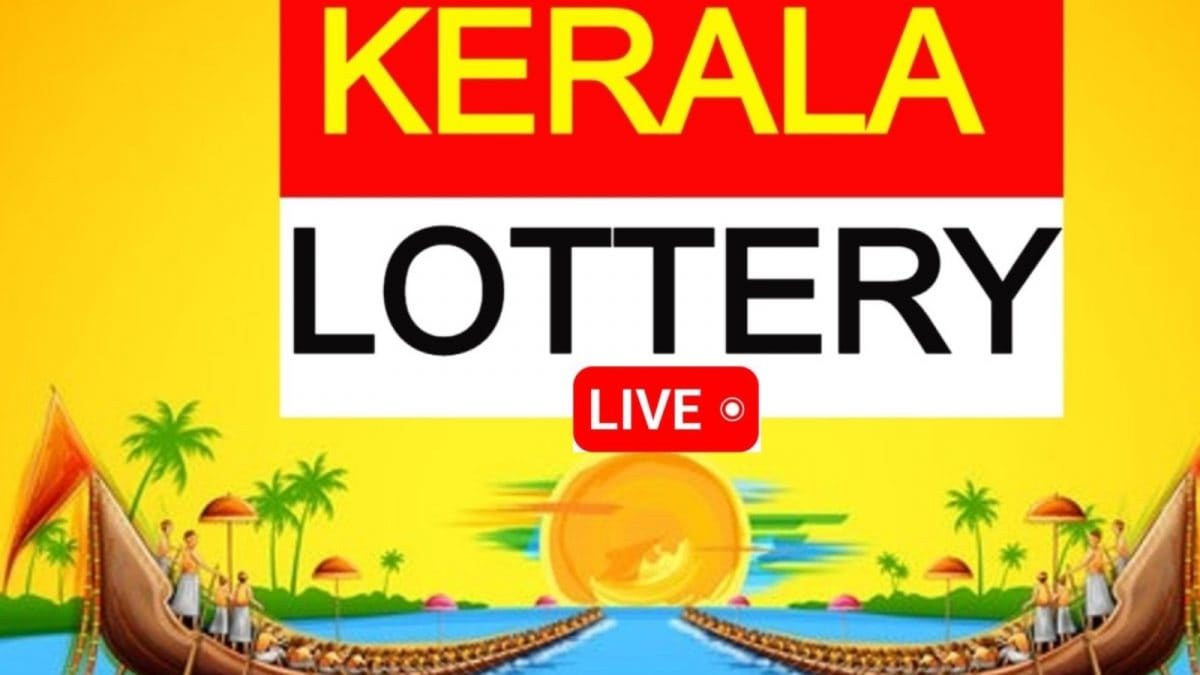Had the English not proved more tenacious, we would have gone over to the Dutch a long while ago. The VOC (a long name in Dutch that signifies their East India Company), was around in this region much before the East India Company we know so well came along. And they were a significant presence all along the Coromandel Coast. Their interest was chiefly trading, particularly the cotton cloth woven in this region. While the British were still struggling to find a foothold in Madras in 1639, the Dutch were well-established at Pazhaverkadu aka Pulicat, 60 km north of Madras.
Also Read:Take a heritage walk at Pulicat to understand how Madras came to be
The British picked up the tricks of the trade by observing the Dutch, including the use of translators or dubashes. And the first dubash, Malayappa Chetty, was for a while in the service of both the companies! That was soon frowned upon and Malayappa ostensibly withdrew from British interests but successfully planted his nephews in his place. The Dutch were not happy with the British, but relations between the two were certainly warmer than what it was with the French.

There is very little of Dutch heritage left in these parts. In Pulicat, we have practically nothing left of what was once Fort Geldria, but the church in the village, strikingly similar to Luz Church, survives. Rather appropriately, what is in excellent condition is the cemetery with a whole lot of tombstones that have interesting carvings. South of Madras, we have Sadras aka Sathurangapatnam, with a well-preserved citadel. And in the Thirukazhukundram temple, there is an inscription in Dutch on a mandapam, recording the visit of a Dutch gubernatorial party. At the St. Mathias Church in Vepery, there is a Dutch grave — the last place you would have expected it to be in. It is of Martin Stoffenberg, head of the administration at Pulicat. He came to Madras to recover from an illness and died here.

Of the few structures of the Dutch that still exist, the cemetery in Pulicat, where one can find tombstones bearing interesting carvings, is in excellent condition. | Photo Credit: The Hindu Archives
Flagstaff by the beach
For a while in the 17th Century CE, the Dutch together with Golconda, held San Thome. Their legacy was a flagstaff by the beach, which vanished sometime in the 20th Century. It now has a replacement, known as St. Thomas’ staff!
The Dutch did well in India but by the early 19th Century decided that Indonesia was better and wound up all their operations here. They left behind a few loan words — palayakat was the word for lungis until the 1950s at least, for instance, and that was the Pulicat connection. In case you need more, look up the Dutch word for toilet – kak huis. There are plenty more.
The Dutch had a big presence in Madras in the early 20th Century by way of the Anglo-Dutch company Shell, which came into India by way of merger with the Burmah Oil Company. The resulting Burmah-Shell, had its headquarters at Burmah Shell House located on the Esplanade. It still stands though Burmah Shell, in 1975, became the government-owned Bharat Petroleum, and the building is known as Chennai House.

Returning after Independence
Post-Independence, the Dutch made a comeback, this time as partners in India’s industrialisation. One of the early names may not be a presence in Chennai but is still remembered by way of a bus stop and a junction in Ambattur — Wavin. Short for Water and Vinyl Chloride, it provided the much-needed impetus in irrigation and water supply by manufacturing PVC pipes. Now, Wavin is into water management and has a pan-Indian presence but its name lives on here.

Post-Independence, the Dutch made a comeback, this time as partners in India’s industrialisation. One of the early names may not be a presence in Chennai but is still remembered by way of a bus stop and a junction in Ambattur — Wavin, which is short for Water and Vinyl Chloride. | Photo Credit: The Hindu Archives
An abiding presence in the city, more an abiding odour, is Maschmeijer Aromatics in Chromepet. It commemorates August Maschmeijer, an organic chemist in Amsterdam, who pioneered plenty of aromatic compounds. A representative of the resulting company came to Madras in the 1950s and a collaboration with the Badsha family ensued. The entity continues to flourish.
Post-liberalisation, there is a significant presence of Dutch companies in the city. There is in the Netherlands a Dutch Museum of Textiles and in it are several samples of cloth from this region that once brought traders from far away.




.png)
.png)
.png)
















 3 hours ago
5
3 hours ago
5








 English (US) ·
English (US) ·